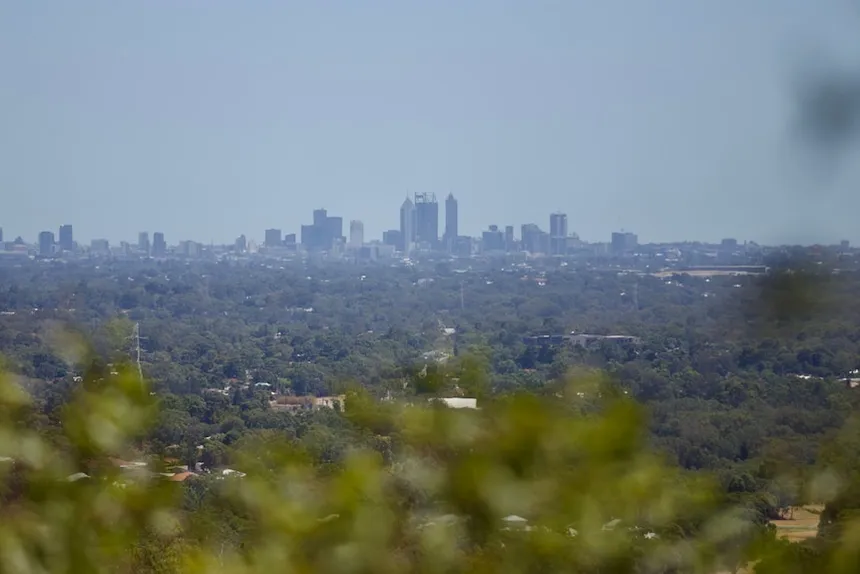As July came to a close, Australia experienced a series of temperature records that shattered decades of data, with records dating back over 140 years. The Bureau of Meteorology reveals that the country’s maximum temperatures were approximately 1.2C above the long-term average for the month, with all capital cities except Canberra registering warmer-than-average temperatures. Sydney, Melbourne, and Hobart weather stations recorded their highest July temperatures on record, with some areas experiencing temperatures mid-20s on certain days. According to Dr. Andrew King, a climate science lecturer at the University of Melbourne, the abnormally high pressure over most of Australia for the past month or two had warmed the interior of the continent, leading to warm days in cities like Adelaide, Melbourne, and Sydney.
The situation has played out precisely in the data, with Adelaide and Sydney temperatures soaring to the mid-20s on some days, a phenomenon King describes as “unusual but not unprecedented.” Individual weather stations showcase the extent of the warmer conditions historically. Across Greater Sydney, mean high temperatures for July were between 2C and 3C above long-term averages, while 10 stations in the region set record-high average daily temperatures for the month. Sydney’s Observatory Hill, which has records stretching back to 1859, had its equal-warmest July on record, alongside 2018.
Hobart’s Ellerslie Road weather station has consistently experienced temperatures higher than average for most of the year. In July, the average high and low temperatures were approximately 3C above average, shattering records that have stood for 142 years. Melbourne also had daily and monthly average temperature records broken at weather stations in the city center, Moorabbin airport, and Laverton airport, all of which had stood since the 1970s.

Local geography and weather systems can influence these records, with differences in elevation and surrounding bodies of water contributing to temperature fluctuations. However, all of these factors are amplified by climate change. The BoM’s temperature anomaly data shows the winter months of June, July, and August have been increasingly warm, with the country warming by almost one-and-a-half degrees Celsius due to greenhouse gas emissions.
According to King, Australia’s winters are not directly caused by heatwaves and weather systems in the northern hemisphere. Instead, the country’s warmer winter is a result of global heating. “We’ve warmed Australia by almost one-and-a-half degrees Celsius due to our greenhouse gas emissions,” King stated. “And so our winters are warmer, and we’ll continue to see it getting warmer.”

